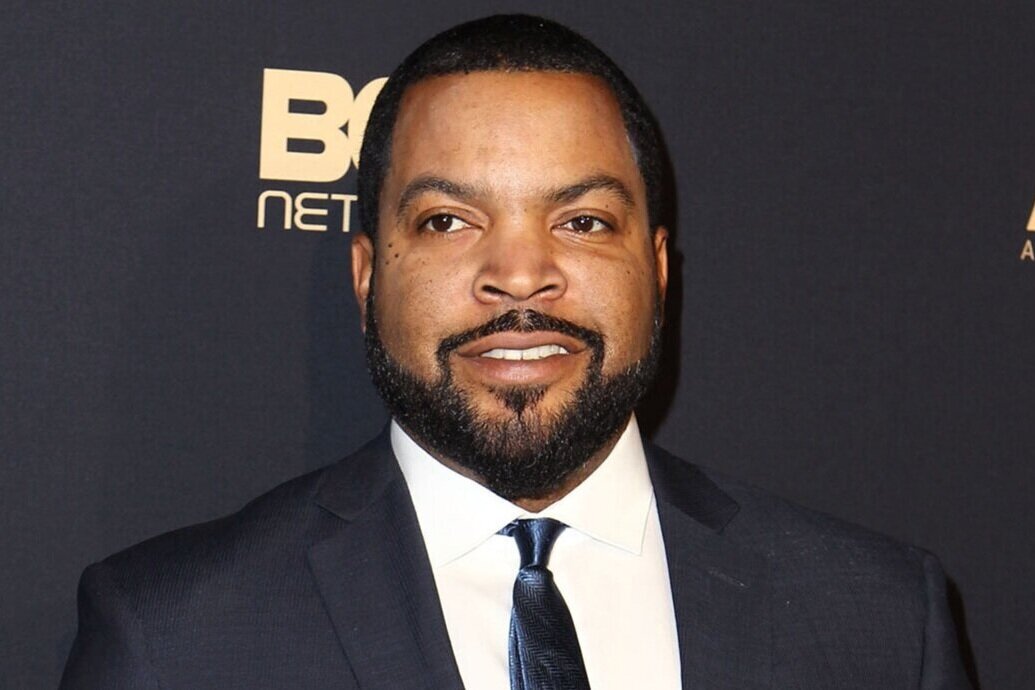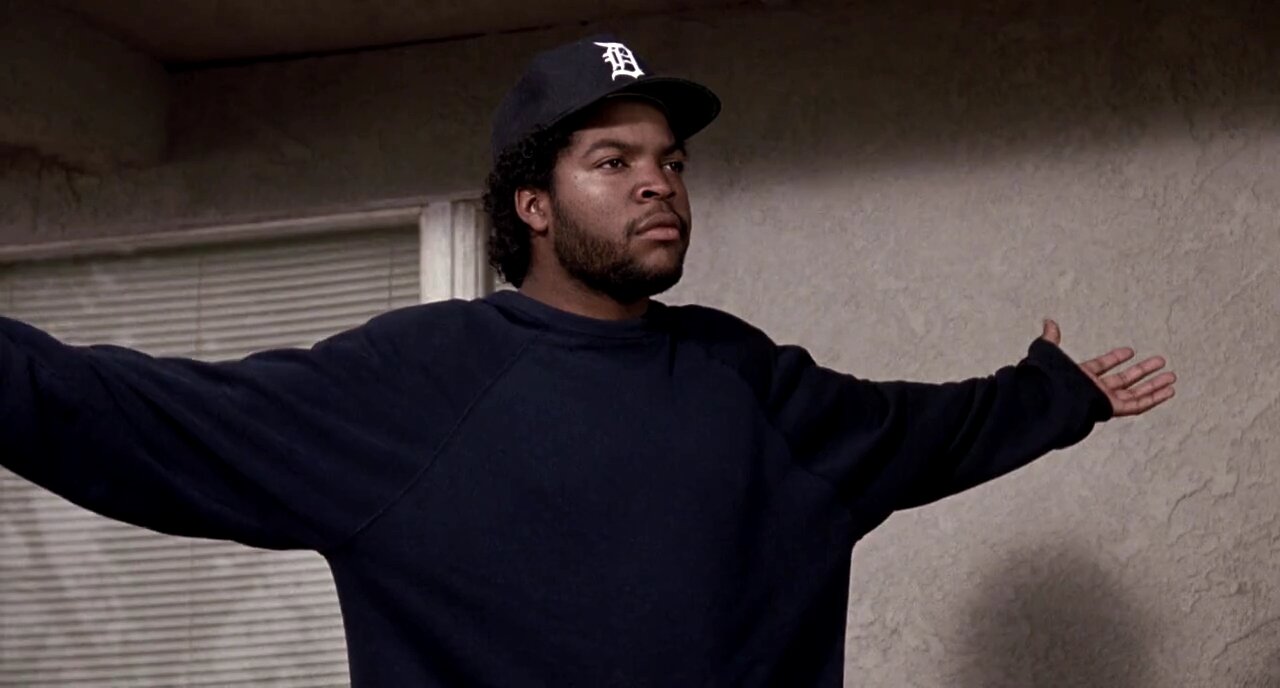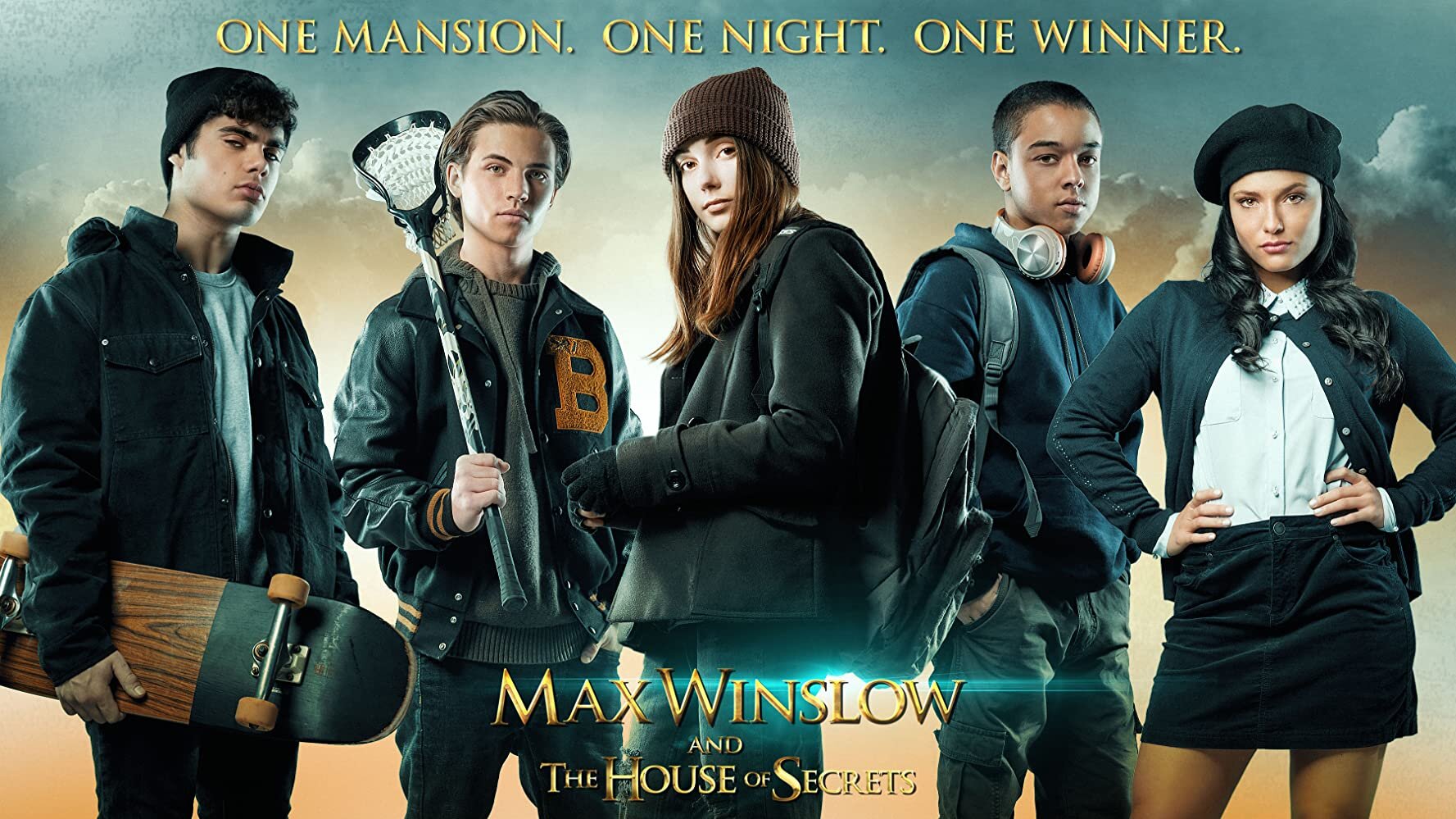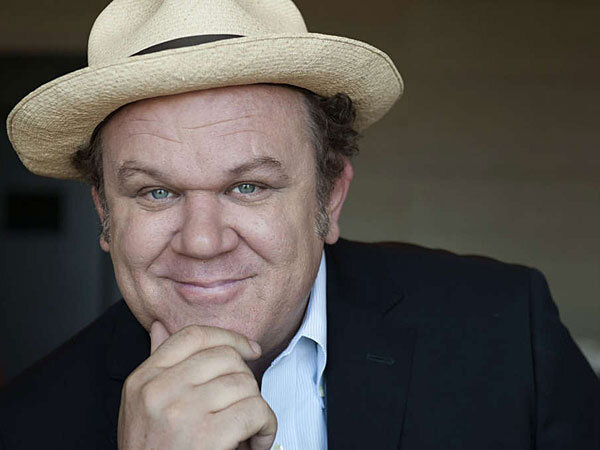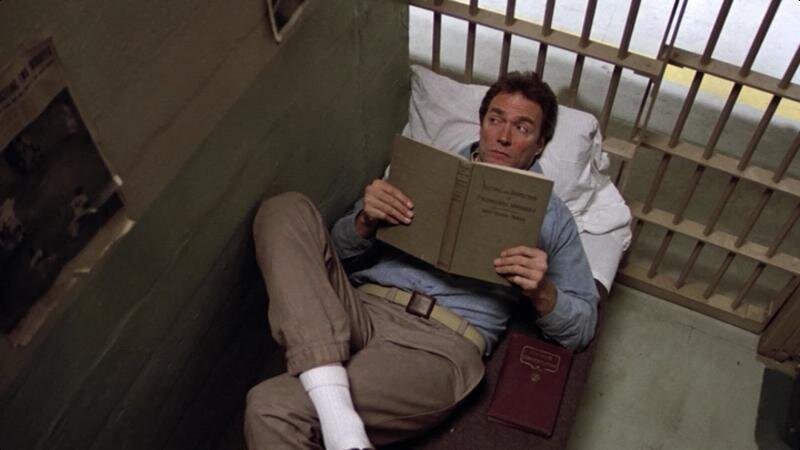On June 15, N.W.A founding member, screenwriter, and actor Ice Cube – aka O’Shea Jackson - turns 51 years young. Ice Cube has starred in critically-acclaimed movies like “Three Kings” (1999) and “Rampart” (2011), and also popular comedies like “Friday” (1995), “21 Jump Street” (2012), “Ride Along” (2014), and their respective sequels. Of course, his son O’Shea Jackson Jr. played him in the N.W.A biopic “Straight Outta Compton” (2015).
To help celebrate this iconic music and big-screen performer’s birthday, let’s look back at two memorable turns from his film library: his first movie role and a celebrated lead-spin in a huge comedy ensemble.
Enjoy this double feature, and Happy Birthday, Ice Cube!
Doughboy/Darren, “Boyz n the Hood” (1991) – When John Singleton’s film opens, 10-year-old Tre (Desi Arnez Hines II) walks with three classmates to an abandoned crime scene in South Central Los Angeles. They duck under the yellow police tape, see “Four More Years – Reagan Bush ’84” posters littered with bullet holes, and blood splattered on walls and the trash beneath their feet. Tre and thousands of other kids stand on uncertain ground in these parts, as occasional shootings are unwelcome, frequent visitors.
Director John Singleton with Cuba Gooding Jr., Ice Cube, and Morris Chestnut filming “Boyz N the Hood.” (1991)
Singleton establishes a clear sense of time and space in his first feature, but soon shifts the former. After 30 minutes, the semi-autobiographical narrative picks up seven years later, and we reconnect with Tre (Cuba Gooding Jr.). He lives with his dad (Laurence Fishburne), and his friends are across the street. Ricky (Morris Chestnut) dreams of a college football scholarship, and his half-brother Darren (Ice Cube) - nicknamed Doughboy - is a free man after serving hard time.
Rather than set a promise of a defined endpoint, Singleton instead observes the three young men and their daily lives in 1991 Los Angeles. At one point, “Boyz n the Hood” feels like an updated version of “American Graffiti” (1973), as the teens cruise in convertibles and walk around Crenshaw with warm feelings of youth and bright futures.
Ice Cube as Doughboy in “Boyz n the Hood” (1991)
Although, this isn’t 1962 Modesto, Calif., so danger, or the sense of it, feels ever-present. Young men have guns, the police aren’t always friendly, and a near-constant buzz of low-flying helicopters accompany studying, dating, or simply hanging out. If Ricky or Tre runs into trouble, Doughboy will quickly face an adversary and ask, “Oh, we got a problem here?” and reveal a pistol at his waistband. Yes, Ricky and Tre can handle themselves, but Doughboy is an enforcer, who openly carries a piece.
He’s not a loose cannon who will snap after a cross look. Still, Doughboy bears an invisible anchor weighing on his neck in the shape of years of unstructured time and his mother’s indifference for his destiny. This non-lethal but damaging emotional concoction can develop into questionable judgment, but Doughboy is still a loyal ally, one donning a Los Angeles Raiders or Detroit Tigers baseball hat, lugging a massive chip, and sometimes revealing 80 years of heartbreak, disappointment or injustice on his 20-year-old face.
Calvin Palmer, “Barbershop” (2002) – “Stay strong, Bro!” – Calvin (Ice Cube)
Calvin offers these encouraging words to Samir (Parvesh Cheena), a nearby convenience store owner. You see, someone broke into his mini-mart and desecrated it to bits, so Samir is completely distraught. However, later that day, he thanks Calvin, because his support gave him the inspiration to stay in the neighborhood and rebuild.
The cast of “Barbershop” (2002)
Calvin has that way with people, as Ice Cube takes a break from his more argumentative roles and plays a soft-spoken, congenial guy in director Tim Story’s “Barbershop”. Okay, Calvin is not exactly soft-spoken. He will raise his voice, and he’s not leading yoga practices, but Calvin is a big-hearted, respected owner of his Chicago’s South Side barbershop, and ask his staff. Jimmy (Sean Patrick Thomas), Terri (Eve), Ricky (Michael Ealy), Dinka (Leonard Earl Howze), Isaac (Troy Garity), and Eddie (Cedric the Entertainer) love Calvin and their jobs.
First and foremost, Story’s story works ensemble-magic with big personalities cutting hair and cutting it up under one roof. For instance, Jimmy frequently bickers with a two-time felon (Ealy) and the lone white guy (Garity). Dinka - a naive immigrant, who may or may not be channeling Prince Akeem (Eddie Murphy) from “Coming to America” (1988) – has a crush on Terri. Meanwhile, Terri loses her mind when someone drinks her apple juice from the shop’s fridge, and Eddie, the elder statesman, expresses a litany of surprising opinions.
Eddie opines, “If we can’t talk straight in a barbershop, then where can we talk straight?”
Ice Cube as Calvin Palmer in “Barbershop” (2002)
Fair point, but Calvin hasn’t been entirely straightforward. His secretive money problems might push him into an unpopular decision with his loyal staff and supportive wife, Jennifer (Jazsmin Lewis). Screenwriters Mark Brown, Don D. Scott and Marshall Todd introduce Jennifer from the get-go, which further invests our emotional interest in Calvin’s fate. She doesn’t need millions of dollars to be happy. She’s proud that her husband took over his late father’s shop, but is Calvin filled with pride?
That’s his journey.
Anthony Anderson (“Me, Myself & Irene” (2000), “Scary Movie 3” (2003)) takes an altogether different one in his pivotal part away from Calvin’s place. At times, his oddball trip is a head-scratcher, but hang in there, because you won’t have to comb the earth for an explanation at the film’s conclusion. That’s not the end of Calvin’s tale, as “Barbershop 2: Back in Business” (2004) and “Barbershop: The Next Cut” (2016) are next in line.
Jeff – a member of the Phoenix Critics Circle – has penned film reviews since 2008, graduated from ASU’s Walter Cronkite School of Journalism and is a certified Rotten Tomatoes critic. Follow Jeff and the Phoenix Film Festival on Twitter @MitchFilmCritic and @PhoenixFilmFest, respectively.

